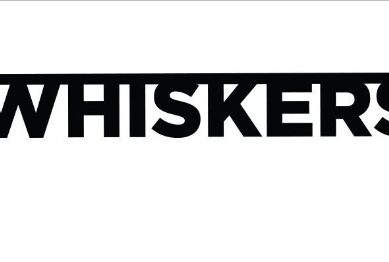When it comes to investing in the financial markets, each asset class poses unique opportunities. Equities come with enhanced growth potential but high volatility. Debt can lend stability to a portfolio, especially in turbulent markets, but may not generate significant capital appreciation in the long term.
There are several hybrid fund categories in India, with different risk levels
Investing in multiple asset classes can therefore help capture the benefits of different types of securities in different market conditions. Hybrid funds allow mutual fund investors to achieve this diversification through a single investment.
Hybrid mutual funds invest in both equity and debt – and sometimes other asset classes too. This can make them suitable for conservative investors seeking a more optimised risk-reward balance than what traditional mutual funds may offer.
However, there are several hybrid fund categories in India – each with a different risk profile. Investors, therefore, should familiarise themselves with these types to select a that aligns with their risk tolerance and goals.
Types of hybrid mutual funds
The Securities and Exchange Board of India (SEBI) classifies hybrid mutual funds into the following categories:
1. Conservative hybrid funds: Primarily invest in debt securities (75%-90%) of its portfolio, with a small portion in equities (10%-25%).
2. Balanced hybrid funds: Are almost evenly distributed between debt and equity, with a 40%-60% allocation to each.
3. Aggressive hybrid funds: Primarily equity-oriented, these funds allocate 65%-80% in equities and the remainder in debt.
4. Dynamic asset allocation funds: These funds dynamically adjust the equity and debt allocation based on market conditions.
5. Multi-asset allocation funds: Invest in at least three different asset classes, with a minimum of 10% in each, providing broad diversification.
6. Arbitrage funds: Invest primarily in arbitrage opportunities created by price differences between two market segments such as cash and derivatives.
7. Equity Savings: Invests at least 65% of its assets in equities and at least 10% in debt. It can also invest in arbitrage opportunities.
Hybrid schemes for different risk appetites
The variation in the equity-debt ratio across hybrid fund schemes means that the balance of risk and potential reward differs. Below are the hybrid fund categories that may suit investors as per their risk level. Investors can opt for either the lumpsum or the SIP route for investments.
Risk averse: Those who prefer minimal risk may find conservative hybrid funds and arbitrage funds suitable. The debt-heavy portfolio of conservative funds gives them relative stability, whereas the equity component gives them a slightly higher return potential than pure debt investments. Arbitrage funds are also relatively low risk because they focus on brief price inefficiencies in the market and are not as impacted by larger or long-term trends.
Moderate risk appetite: Investors who can handle some amount of risk may find balanced hybrid funds and dynamic asset allocation funds suitable. Balanced funds seek to find a middle ground between risk and reward. Dynamic asset allocation funds, meanwhile, can adjust their equity-debt ratio according to market fluctuations. Thus, they can offer a buffer during volatile periods and capitalise on potential growth opportunities in good markets.
High risk appetite: Aggressive hybrid funds, multi-asset allocation funds, and equity savings funds may suit investors with a high risk tolerance as they are skewed towards equities. Multi-asset funds may also suit investors seeking capital growth potential along with risk mitigation because they diversify investments across at least three asset types, such as equities, debt, and gold, and can dynamically adjust their portfolio in response to market conditions. Thus, they can potentially leverage the opportunities posed by each in different market scenarios.
Mutual Fund investments are subject to market risks, read all scheme related documents carefully.



































